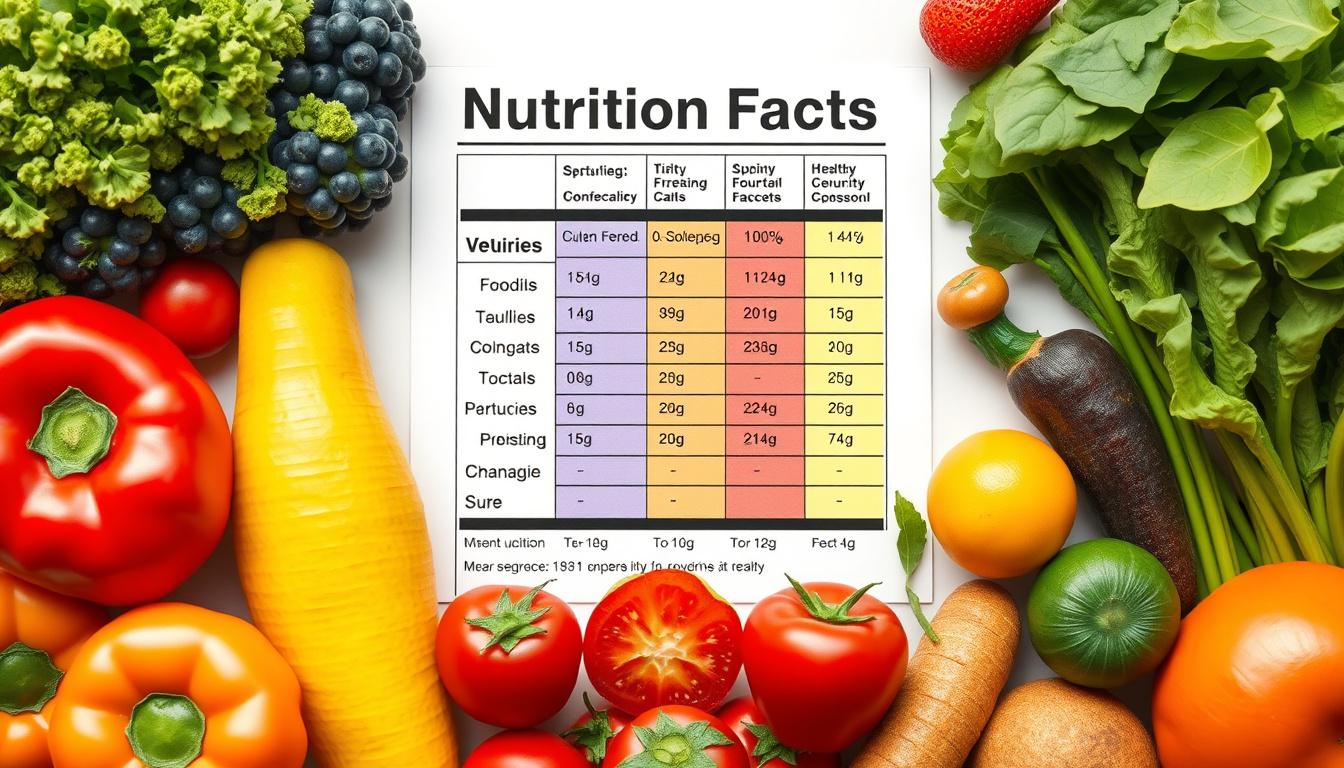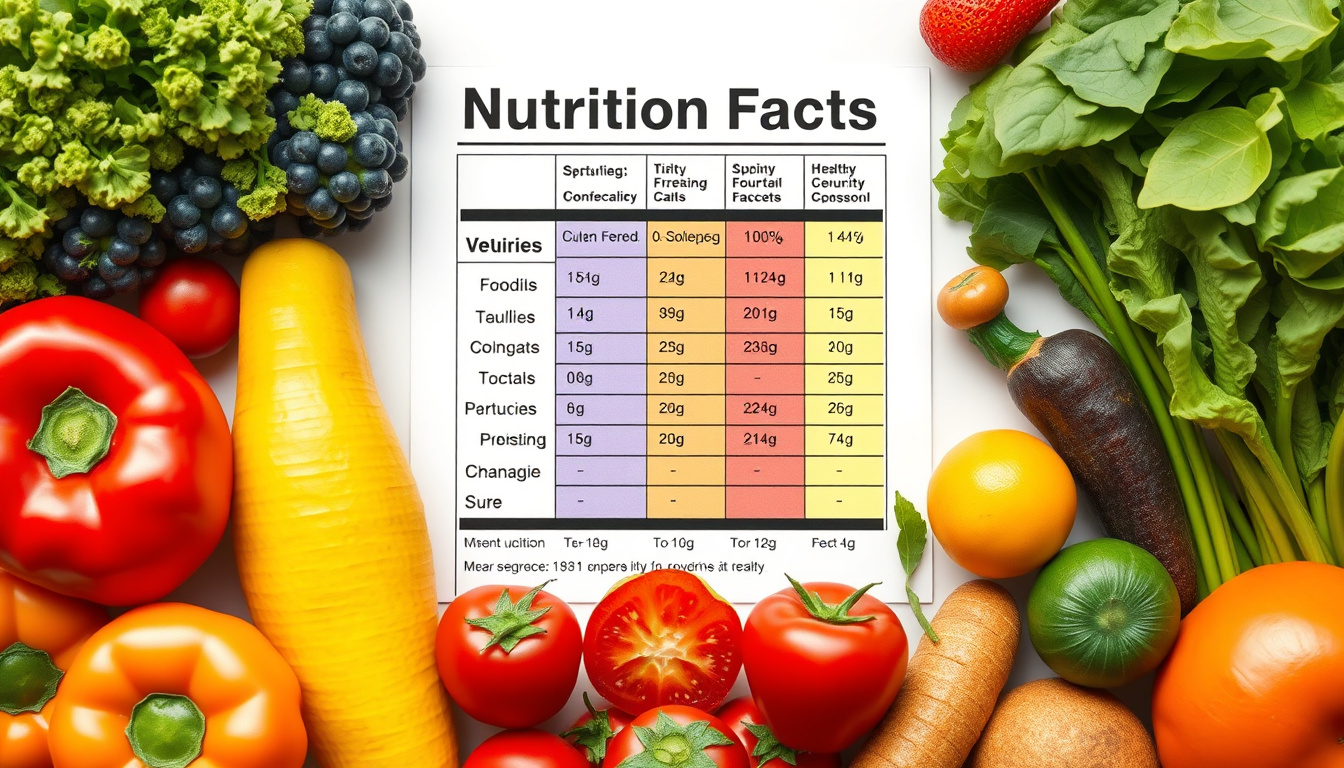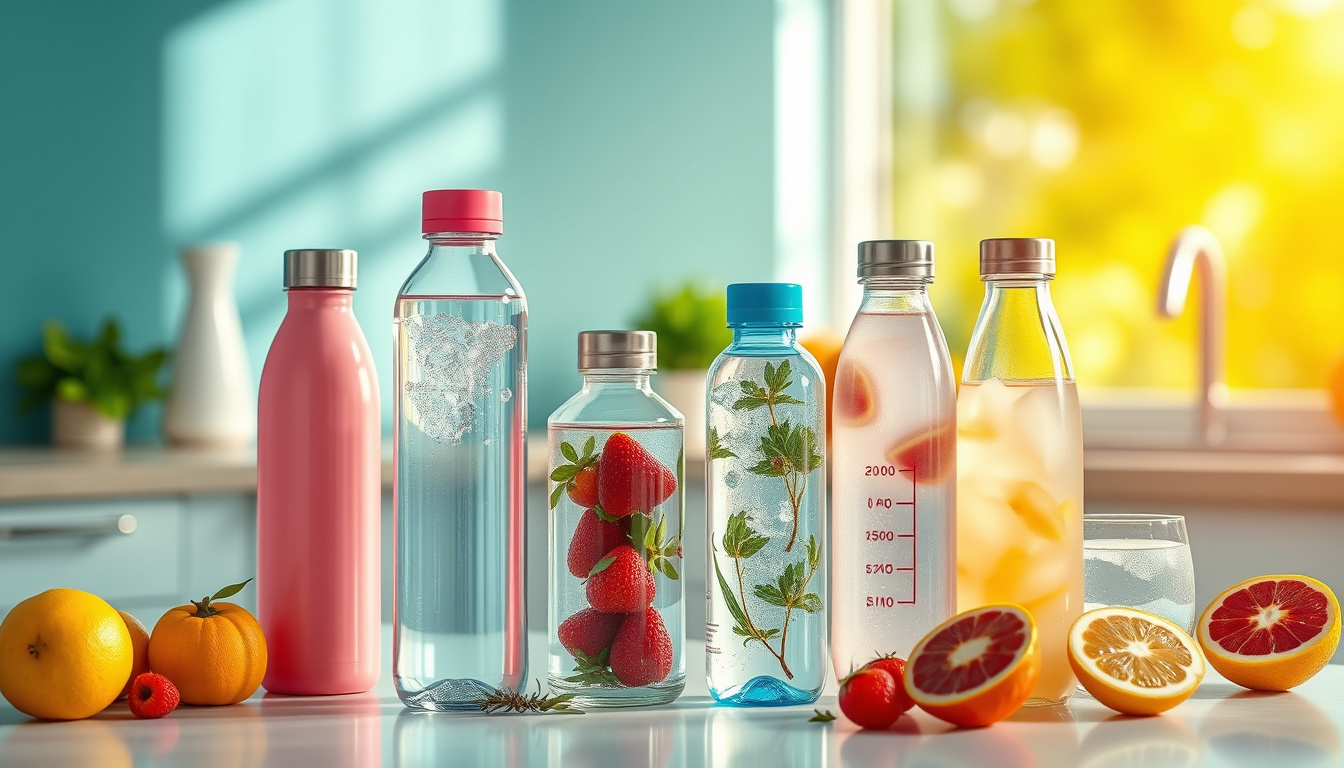Become a Label Pro!
Hey there, friend! Ready to explore nutrition labels? These small boxes on food packages may seem confusing. You look at them and wonder if you need a degree in chemistry. You are not the only one. Many of us stand in a grocery aisle and scratch our heads. With clear steps here, you will soon read labels like a pro. Let’s start this journey together.
What Are Nutrition Labels and Why Should We Care?
Nutrition labels give you a peek at the food you buy. They show the calories and the nutrients packed inside. They act as a guide that tells you what you eat.
Why care? When you learn to read these labels, you can choose foods that fit your health goals. You can avoid ingredients that do not work for you and follow any dietary limits you have. This skill helps you listen to your body and pick foods that feel right.
Understanding the Layout: Breaking It Down
Let’s look at the parts of a nutrition label. When you see a label, keep these points in mind:
1. Serving Size
Serving size is the first piece of data you see. It tells you how much food makes one serving. All the facts that follow come from this amount. If you eat twice this amount, you add twice the numbers. It is that simple.
2. Calories
The next number is the calorie count. This value shows the energy from the food. If you watch your calorie intake, check this number. Note that not all calories fill you the same way. A 200-calorie cookie may not satisfy you like a 200-calorie salad does.
3. Nutrients
Now you see the good parts. Nutrients include fats, carbohydrates, protein, vitamins, and minerals. Here are some details:
-
Total Fat: Spot the healthy fats and watch for saturated fats. You want to keep saturated fats low.
-
Sugars: Look at total sugar and extra added sugars. Many sweet snacks have extra sugar that does not help your body.
-
Fiber: Fiber is a friend for your digestion and helps you feel full.
-
Protein: Protein helps your body grow and repair. It is a must if you are active.
4. Percent Daily Values (%DV)
The %DV tells how much a nutrient makes up of your daily diet, all based on a 2,000-calorie day. Your needs may be different. For example, if a food shows 20% DV of calcium, it gives you 20% of what you need in a day. A quick rule: if a nutrient has 5% or less, it is low; if it has 20% or more, it is high.
Real-Life Applications: Putting Knowledge into Action
You now know the parts of a nutrition label. How do you use this in everyday life? Here are some ideas:
1. Meal Prep Like a Boss
When you plan meals, use nutrition labels to guide you. Look for foods with good fiber and protein. A bit of planning brings meals that keep you full and your energy steady.
2. Grocery Store Adventures
When you are in the grocery store, try picking foods using what you know. Make a fun game of finding the best choices by checking the serving size, the calorie count, and the nutrients.
3. Mindful Eating
Before you enjoy a snack, take a moment to check its label. This small act gives you insight into what you are eating. You will feel more connected to your body’s needs when you know the details.
Wrapping It Up: You Got This!
At first, reading nutrition labels may seem hard. Like any new skill, it gets easier with practice. With these tips at hand, you are ready to choose foods that match your health aims. Who knew a small label could have such a big impact?
So next time you stand before a nutrition label, know this: it is not just numbers and percentages. It is about feeding your body in a way that feels right for you. Use this guide and enjoy the path to a healthier you!
Feel ready to take on those nutrition labels? Share your thoughts and questions below — I am here cheering you on every step of the way!




